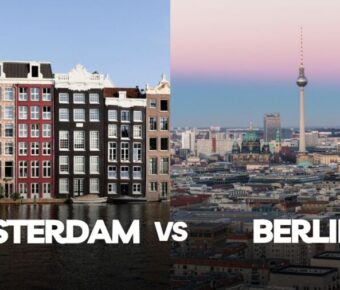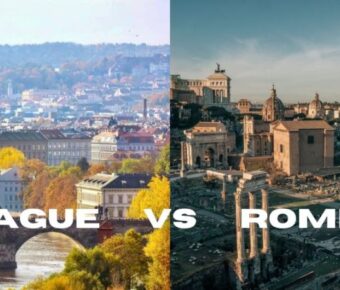
Racing Trains vs Short-Haul Flights in Europe: 5 Surprising Speed and Comfort Advantages You Never Knew
Traveling across Europe isn’t just about getting from A to B—it’s about balancing convenience with climate impact. Lately, several European countries have started restricting or outright banning short-haul flights to cut carbon emissions and nudge people onto trains instead.
France already bans flights where a train alternative takes less than 2.5 hours. Germany and Austria are slashing domestic routes and pouring money into faster rail options.
It’s not just governments pushing this shift. Travelers themselves seem to be on board. A recent climate survey showed that 62% of Europeans support banning short-haul flights. And honestly, why wouldn’t they? High-speed trains in Europe emit just 17g of CO2 per passenger kilometer, while planes churn out a hefty 153g. If you hop on the Eurostar from London to Paris, you’re producing 90% less greenhouse gas than if you’d flown.
Railways and airlines are locked in a real race now. State-owned train companies once had the home advantage, but budget airlines forced them to up their game on price, comfort, and convenience. This competition is shaking up how we all think about getting around Europe.
Contents
- Key Takeaways
- Understanding Short-Haul Flights in Europe
- Key Routes and Major Airlines
- Low-Cost Carriers and Pricing Strategies
- Domestic vs. International Connections
- Exploring Train Alternatives and High-Speed Rail
- High-Speed Trains Across Major European Cities
- Night Trains and Popular Routes
- Train Connections and Ticket Availability
- Planes vs. Trains: Travel Time and Convenience
- Comparing Total Journey Times
- Airport vs. Train Station Accessibility
- Environmental Impact and Climate Considerations
- Greenhouse Gas Emissions From Planes and Trains
- Climate Impact and the Transport Industry
- Ticket Prices and Booking Insights
- Train Ticket Costs and Variability
- Airfare Pricing for Short-Haul Flights
- Europe-Wide Analysis of Passenger Transport Trends
- Regional Variations Across European Countries
- Impact of the Covid-19 Pandemic
- Frequently Asked Questions
- What are the key advantages of choosing train travel over air travel for short distances in Europe?
- How does the environmental impact of rail travel compare to that of short-haul flights within European countries?
- What are the time-saving benefits when opting for high-speed rail services versus regional flights in Europe?
- Can holders of a Eurail Pass access premium trains, and how does it affect the cost-effectiveness against cheap flight options?
- Are there any significant differences in convenience and amenities when comparing Eurostar services to budget airlines?
- What factors should a traveler consider when deciding between train lines like Trainline and budget airlines for intra-European travel?
- More Travel Guides
Key Takeaways
- European countries are axing ultra-short-haul flights and betting big on high-speed rail for the sake of the climate.
- Trains emit up to 90% less greenhouse gas than flights and often match or beat planes on city-center-to-city-center timing.
- Travelers get a comfier ride and skip most of the airport headaches by choosing trains.
Understanding Short-Haul Flights in Europe
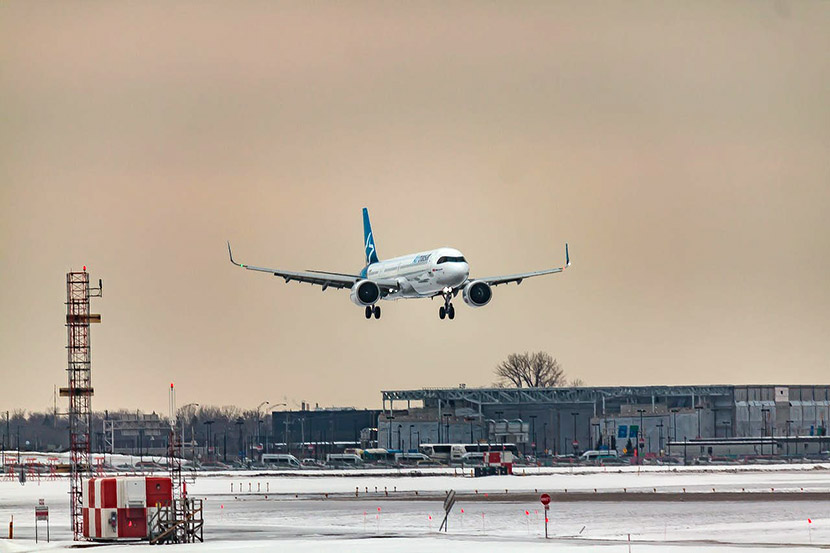
Short-haul flights in Europe are getting squeezed as countries push for greener travel. These flights usually link major cities within 2-3 hours’ flying time, but high-speed rail networks are catching up fast.
Key Routes and Major Airlines
Paris to Amsterdam, London to Dublin, and Madrid to Barcelona are some of the busiest short-haul routes. Flag carriers like Lufthansa, Air France-KLM, and British Airways have long ruled these skies.
Now, they’re feeling the heat. France’s ban on flights with train alternatives under 2.5 hours already affects routes like Paris to Lyon. Spain’s considering similar restrictions, which could spell the end for some Madrid flights to the rest of the mainland.
Germany and Austria are trimming back domestic short-hauls and pumping funds into better rail. The writing’s on the wall—government policy is clearly tilting toward trains for environmental reasons.
Most of the short-haul flights that remain? They usually cross water (think London to Dublin), traverse mountains, or connect places where train lines are still lacking.
Low-Cost Carriers and Pricing Strategies
Ryanair, easyJet, and Wizz Air changed the game by making flying dirt cheap. Their secret sauce? Quick turnarounds at out-of-the-way airports and charging for every extra.
You’ll see base fares that look almost suspiciously low—sometimes under €10. But you’ll pay up for:
- Picking your seat
- Bringing a bag
- Priority boarding
- Snacks and drinks
- Card payment fees
Meanwhile, trains mostly run through state-backed companies that don’t face the same cutthroat competition. It’s a totally different pricing landscape.
The upside? Travelers benefit from this airline-versus-rail rivalry. That 62% of Europeans who support a short-haul flight ban are nudging airlines to offer better deals to stay in the game.
Domestic vs. International Connections
Domestic short-haul flights are on the chopping block. Spain’s got a plan to ban flights with train alternatives under 2.5 hours by 2050. France already went for it.
These flights mainly:
- Link smaller cities to capitals
- Feed passengers into big international networks
International short-hauls are a bit safer, especially if there’s water to cross or the rail network just isn’t there yet. Athens to Rome by air still makes sense.
Airlines rely on the hub-and-spoke model. That quick Madrid to Barcelona hop might seem pointless, but it helps fill long-haul jets heading elsewhere.
Exploring Train Alternatives and High-Speed Rail
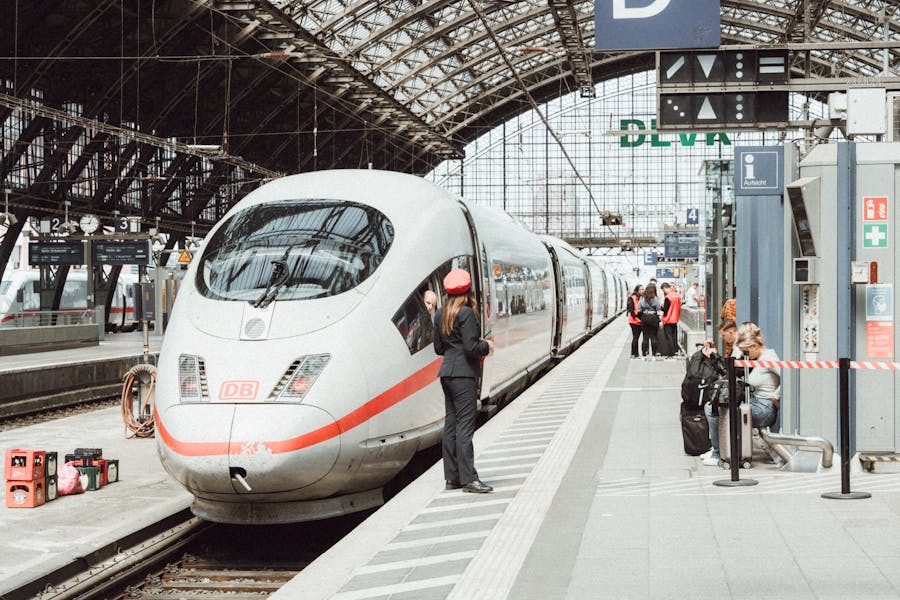
Europe’s rail network honestly puts most other continents to shame. Modern trains now deliver real comfort, speed, and convenience—especially if you factor in the time you’d waste at airports.
High-Speed Trains Across Major European Cities
France’s TGV rockets up to 320 km/h, getting you from Paris to Lyon in just 2 hours. Spain’s AVE makes Madrid-Barcelona in 2.5 hours—faster than flying when you count airport time.
Italy’s Frecciarossa does Milan to Rome in about 3 hours. Germany’s ICE links Berlin and Munich in around 4 hours.
The Eurostar zips from London to Paris in 2 hours 15 minutes, right under the Channel. Over 80% of travelers between those cities now choose the train.
For trips under 4 hours, trains usually win on total journey time. You land smack in the city center, no airport shuttles or endless security lines needed.
Night Trains and Popular Routes
Night trains are having a real revival. The NightJet network, run by Austrian Railways, connects Vienna, Munich, Zurich, Amsterdam, and more. Board in the evening, wake up somewhere new.
Stockholm to Hamburg’s night train reopened in 2022, making sustainable travel between Scandinavia and central Europe a breeze. The Paris-Vienna Nightjet is back too, with comfy sleeper cars and a nod to the golden age of rail.
You’ll find everything from basic seats to private sleeper cabins, sometimes with breakfast and even showers.
Night trains turn long distances into sleep time. They’re perfect if a daytime train would drag on too long but flying feels like overkill.
Train Connections and Ticket Availability
Booking train tickets in Europe is way easier now, thanks to platforms like Trainline, Omio, and Rail Europe. Most national rail operators finally have English sites and apps.
For the best deals, book early—especially for popular high-speed routes. Most operators use airline-style pricing, so waiting until the last minute can get expensive.
If you’re hitting multiple cities, rail passes like Eurail or Interrail can be a steal. They let you jump on many trains without sweating over individual tickets.
Cross-border routes are improving, though you’ll sometimes need to change trains. The European Commission is trying to make these journeys smoother with projects like the Trans-European Transport Network.
Train tickets usually offer more flexible change and cancellation policies than flights. Plus, you can bring more bags without worrying about surprise fees.
Planes vs. Trains: Travel Time and Convenience
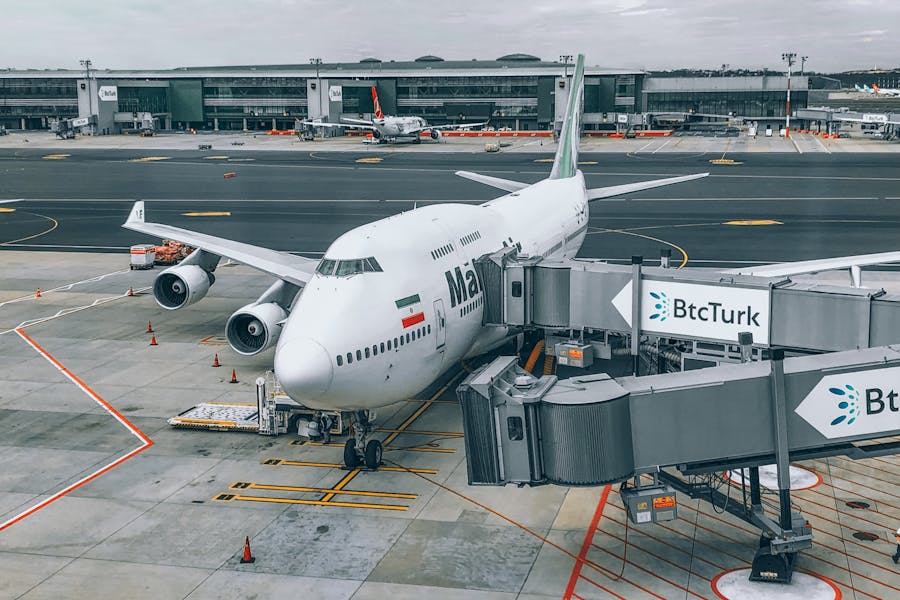
Comparing trains and planes in Europe can be eye-opening. What looks quicker on paper isn’t always faster once you count everything from check-in to city-center arrival.
Comparing Total Journey Times
Planes fly much faster than trains, sure, but that’s not the whole story. On routes like Madrid-Barcelona or Paris-London, high-speed trains often win on total journey time. Here’s how it usually breaks down:
A 1-hour flight actually needs:
- 2 hours at the airport before you even board
- 1 hour in the air
- 30-45 minutes to get off the plane and grab your bag
- 30-60 minutes to reach the city
That’s about 4 hours, minimum! Trains, meanwhile, usually need:
- 15 minutes before departure
- The actual trip (often 2-3 hours)
- You walk right out at arrival
- Stations are smack in the city center
Once, I raced a friend from central London to central Paris—me by Eurostar, her by plane. I was already relaxing with coffee near the Eiffel Tower when she texted that her plane had just landed. No contest.
Airport vs. Train Station Accessibility
Train stations are usually right in the middle of town. You can stroll or hop on local transit to your final stop.
Airports? Not so much. They’re often way out of the city, so you’ll need:
- Pricey taxis
- Multiple public transit hops
- Sometimes an extra hour each way
European train stations connect seamlessly with metros, buses, and taxis. It just feels easier.
Honestly, who likes the airport experience? With trains, you show up minutes before departure, head straight to your platform, and board—no shoe removal or liquid drama.
Environmental Impact and Climate Considerations
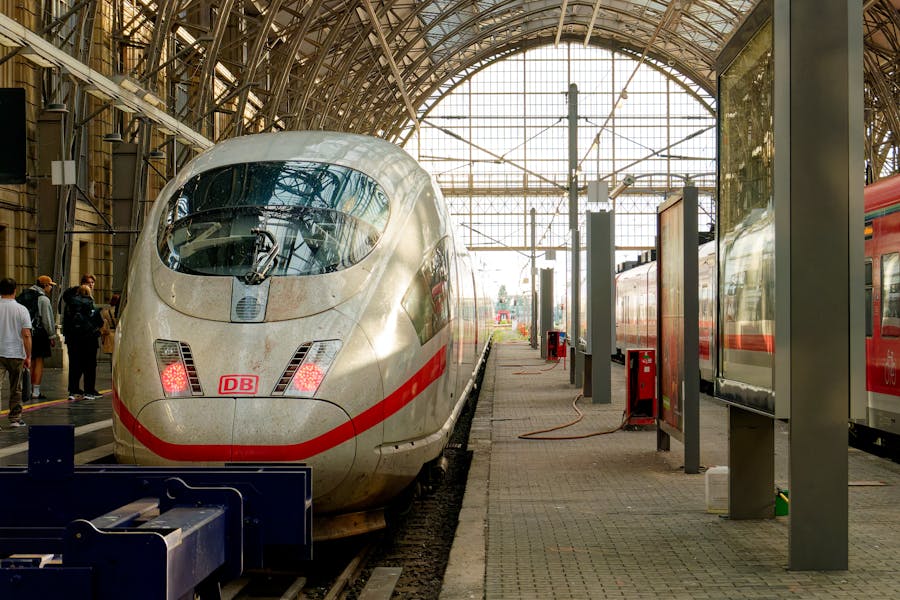
This isn’t just a speed contest. The environmental side of trains vs. planes is where things get really lopsided.
Greenhouse Gas Emissions From Planes and Trains
Trains blow planes out of the water when it comes to carbon emissions. Take a train instead of a car for medium distances and you’ll cut emissions by about 80%. Swap a flight for a train and you’re looking at an 86% reduction.
The Eurostar between London and Paris? That’s a 97% smaller carbon footprint compared to flying.
Why the huge difference?
- Electric trains use energy way more efficiently
- Planes burn the most fuel during takeoff and landing
- Aircraft emissions at high altitude do even more climate damage
Paris-Bordeaux’s high-speed rail line is a clean alternative to flying, and it only takes two hours.
Climate Impact and the Transport Industry
Travelers and governments are both waking up to the climate impact of transport. If everyone had swapped their flights for electric trains in 2019, CO₂ emissions from travel would’ve dropped 15%.
For short-haul routes under 2000km, the cut jumps to 23%. Even with today’s mix of diesel and electric trains, switching from planes to trains still slices emissions by 8-13%.
France plans to ban short-haul flights where high-speed rail exists. Germany’s already mapped out 87 routes where trains could realistically replace flights.
Modern high-speed rail is finally living up to its eco-friendly promise, offering a real alternative that doesn’t eat up your whole day.
Ticket Prices and Booking Insights
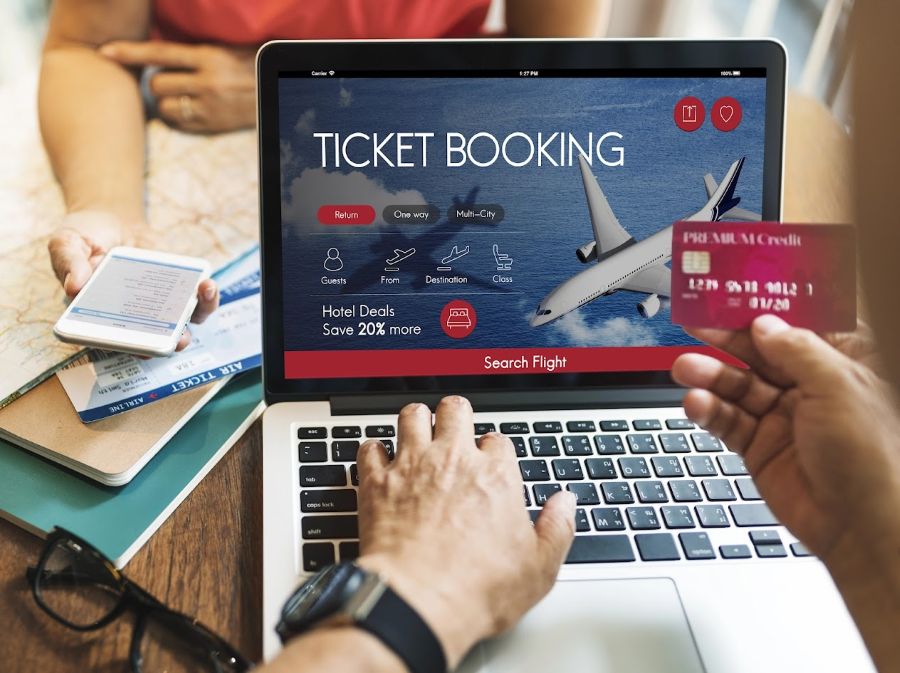
When you’re planning trips between European cities, the price battle between trains and planes can catch you off guard. Prices jump all over the place depending on where, when, and how you book.
Train Ticket Costs and Variability
Train tickets in Europe now follow airline-style pricing. Wait until the last minute and you’ll pay a premium. In the UK and Spain, trains can actually cost up to 4 times more than flying! France, though, keeps things a bit more competitive.
You can snag Madrid-Barcelona tickets for as low as €14 if you plan ahead. Booking 2-3 months out is usually the sweet spot.
Peak hours—like mornings and evenings—cost more. Same goes for weekends.
Rail passes (Eurail, Interrail, or country-specific ones) can save you a bundle if you’re bouncing between cities.
Airfare Pricing for Short-Haul Flights
Low-cost airlines have made flying across Europe laughably cheap at times. You’ll see fares as low as €9.99, but don’t get fooled by the sticker price.
Those fares rarely cover:
- Checked bags (€20-40 extra)
- Picking your seat (€5-20)
- Priority boarding (€5-15)
- Snacks (€5-10)
Plus, budget airlines usually fly out of smaller airports far from the city, so you’ll pay €10-30 just to get downtown.
Even with environmental rules tightening in France, Germany, and Austria, flying is still cheaper on many routes under 1,500km. That’s why Madrid-Barcelona was Europe’s fifth most popular short-haul flight in 2019.
Europe-Wide Analysis of Passenger Transport Trends
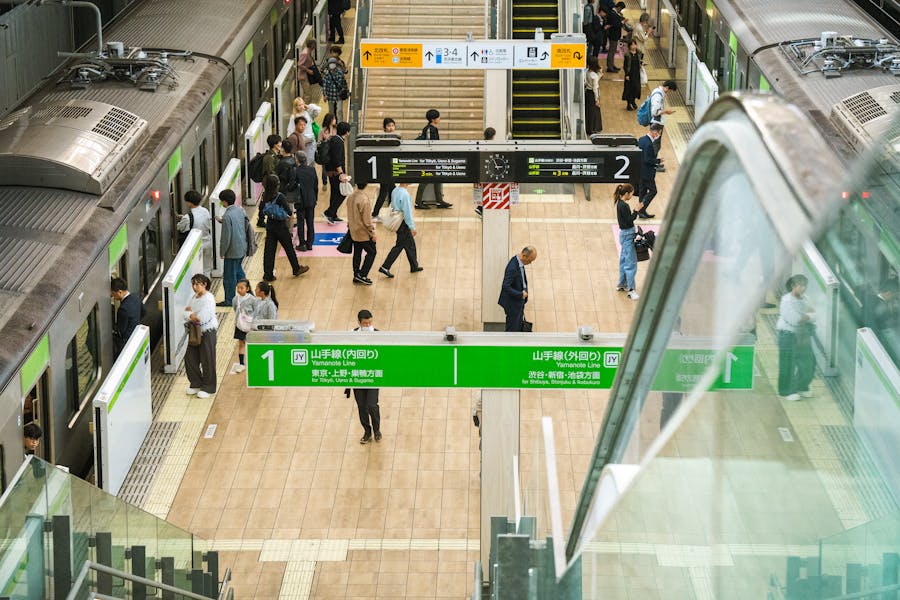
European passenger transport has changed a lot lately. Rail is gaining serious ground against short-haul flights. Patterns differ from region to region, and the pandemic threw everything for a loop, but things are bouncing back fast.
Regional Variations Across European Countries
Western Europe—think France, Germany, Spain—has really leaned into high-speed rail. These countries built out extensive networks that can actually compete with flying. On the Paris-Brussels route, about 70% of travelers now pick the train instead of a plane.
In Eastern Europe, rail modernization is underway, but it’s happening at a slower, sometimes painfully slow, pace.
Up north, the Nordic countries are obsessed with sustainability. Sweden, for example, keeps pouring money into overnight sleeper trains and electrification.
Southern Europe? The mountains make things tricky, but Italy’s high-speed trains have pulled off something impressive. Since 2018, air travel between Milan and Rome dropped by nearly 40%. That’s a big shift for a country famous for both trains and planes.
If you’re curious about which countries move the most people by rail, here are the top contenders:
- Germany: 94 billion passenger-kilometers a year
- France: 89 billion passenger-kilometers a year
- UK: 68 billion passenger-kilometers a year
Impact of the Covid-19 Pandemic
The pandemic hit European passenger transport like a freight train—numbers just collapsed. During the worst lockdowns in 2020, rail ridership dropped by more than 90%. We haven’t seen numbers that low since the ‘70s.
Recovery looks patchy but hopeful. Business travel hasn’t bounced back all the way—still about 30% below the old normal. Leisure travel, on the other hand, surged back faster. Rail operators started rethinking their schedules and pricing because of this shift.
Some countries took advantage of the downtime to upgrade infrastructure. Spain pushed its AVE network further, and Italy focused on improving key city corridors.
These days, more people—especially younger travelers—prefer trains over planes for trips under 500km. They mention eco-concerns and airport hassles as big reasons. If you’re between 18 and 34, you’re probably nodding along right now.
Frequently Asked Questions
The train-versus-plane debate in Europe is getting heated, and honestly, that’s a good thing. More countries are pushing for greener travel, so travelers actually have real choices now—speed, comfort, the planet, or just plain convenience?
What are the key advantages of choosing train travel over air travel for short distances in Europe?
Trains drop you right in the city center, so you dodge those annoying airport transfers that eat into your trip. You don’t need to show up hours early—15 to 30 minutes is usually enough.
Onboard, you get more legroom than any budget airline can offer. You’re free to wander, stretch, and actually see the countryside through big windows.
Many high-speed trains come with perks: dining cars, free Wi-Fi, power outlets at every seat. Bring your favorite shampoo—no liquid limits—and forget about those surprise baggage fees.
How does the environmental impact of rail travel compare to that of short-haul flights within European countries?
Trains emit about 75-90% less CO2 than planes on the same route. Take Paris to Amsterdam: by train, you’re responsible for just 8kg of CO2, compared to almost 60kg if you fly.
France has even banned short flights where a train can do the job in under 2.5 hours. Germany and Austria are heading in the same direction, trimming domestic flight routes.
A lot of European trains now run on renewable energy, which just widens the gap between rail and air in terms of sustainability.
What are the time-saving benefits when opting for high-speed rail services versus regional flights in Europe?
If you add up the whole journey, high-speed trains often beat planes for trips under 500km. Paris-London on the Eurostar? Just 2 hours and 15 minutes, city center to city center. A flight, when you factor in airport transfers, takes at least 3.5 hours.
You can skip the 60-90 minute airport wait. Most train stations only want you there 15-30 minutes before departure—no endless security lines.
Trains like the TGV, AVE, and Frecciarossa hit speeds of 300+ km/h. So, on many routes, you’ll get there just as fast—or even faster—than flying.
Eurail Pass holders can get on most high-speed and premium trains, but you’ll often need to pay for a seat reservation (usually €10-20). Some trains like Thalys or Eurostar charge higher reservation fees, which can be a bit annoying.
If you’re planning several train trips in a short time, the pass can save you a lot. A 5-day Eurail Global Pass runs about €301, so that’s roughly €60 per day—often less than a last-minute flight.
Spontaneous travelers especially benefit, since train prices don’t spike the way airline tickets do right before departure.
Are there any significant differences in convenience and amenities when comparing Eurostar services to budget airlines?
Eurostar lets you bring two big bags and a carry-on—no extra fees, no liquid rules. Budget airlines can’t really compete there.
The seats on Eurostar are just better. More width, more legroom, power outlets, and free Wi-Fi even in standard class. Honestly, it’s hard to go back to a cramped budget airline seat after that.
And Eurostar stations like London St. Pancras and Paris Gare du Nord are right in the city. You walk off the train and you’re basically there, with no expensive or time-consuming airport transfers needed.
What factors should a traveler consider when deciding between train lines like Trainline and budget airlines for intra-European travel?
Honestly, you’ve got to look at the whole journey, not just the timetable. That 3-hour train ride might actually get you there faster than a 1-hour flight, once you factor in the trek to the airport, security, and all the waiting around.
Flexibility is a big deal, especially if your plans aren’t set in stone. With trains, you can usually change your ticket for a small fee, sometimes even for free if you’re lucky or just a bit persistent. Some train companies will even give you a full refund up to 24 hours before departure, which is pretty generous compared to airlines.
Then there’s the matter of what you’ll actually pay. Budget airlines love to lure you in with dirt-cheap fares, but by the time you’ve paid for a seat, checked a bag, and sorted out a pricey airport transfer, you might wonder if you’re really saving anything at all. Don’t forget to add it all up before deciding—hidden costs can sneak up on even the savviest travelers.
